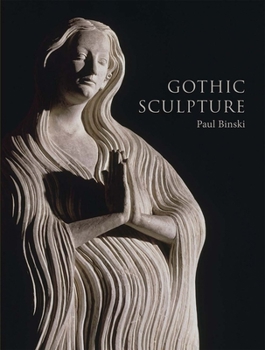Gothic Sculpture
In this beautifully illustrated study, Paul Binski offers a new account of sculpture in England and northwestern Europe between c. 1000 and 1500, examining Romanesque and Gothic art as a form of persuasion. Binski applies rhetorical analysis to a wide variety of stone and wood sculpture from such places as Wells, Westminster, Compostela, Reims, Chartres, and Naumberg. He argues that medieval sculpture not only conveyed information but also created...
Format:Hardcover
Language:English
ISBN:0300241437
ISBN13:9780300241433
Release Date:June 2019
Publisher:Paul Mellon Centre
Length:296 Pages
Weight:2.85 lbs.
Dimensions:0.9" x 7.8" x 10.5"
Customer Reviews
0 rating





